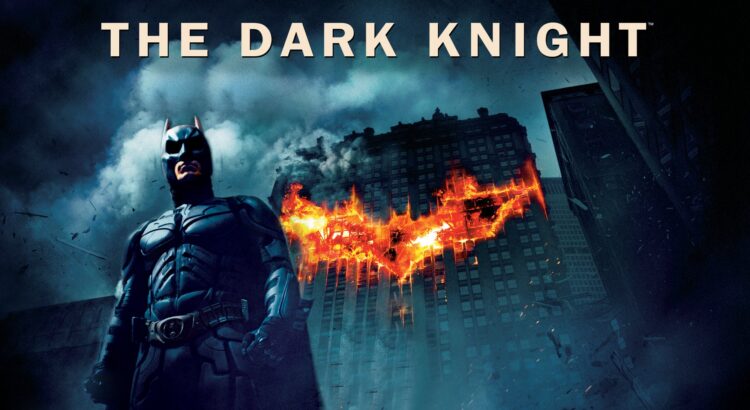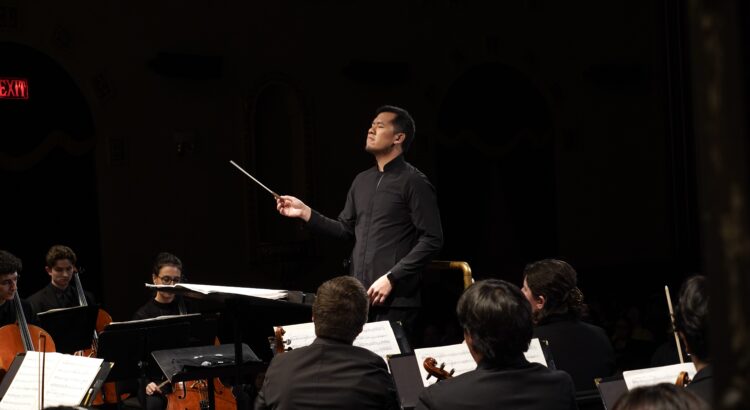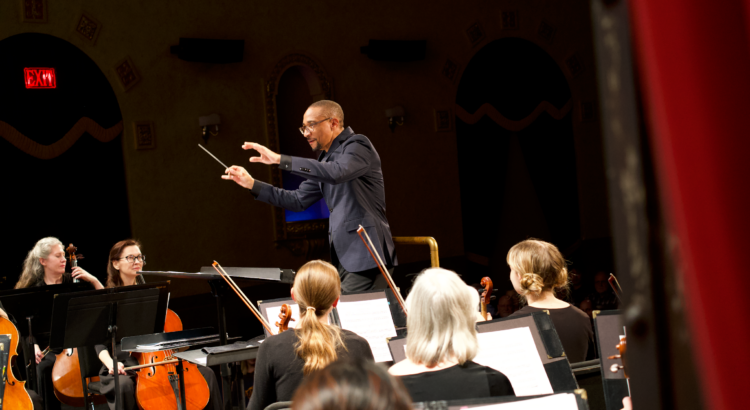Directed by Chris Sanders (best known for How to Train Your Dragon), The Wild Robot stands out for its gorgeous animation, rich worldbuilding, and a touching yet humorous storyline. It’s no surprise that Forbes ranked The Wild Robot among the top 10 best-reviewed computer-animated films of all time. While it isn’t packed with action or major plot twists, its heartfelt, compelling narrative draws the audience deeply into its world.
The Wild Robot is an animated adaptation of Peter Brown’s novel. The story takes place on an island untouched by human life, yet thriving with animals and lush vegetation. The protagonist, Roz, is a service robot who crash-lands on the island after a shipwreck. Though the island’s animal inhabitants fear her, Roz’s programming makes her endlessly kind and selfless. Soon, Roz discovers and cares for an orphaned gosling, which marks the beginning of her emotional development that sheds her of her robotic nature.
I was surprised that this film was only 1 hour and 42 minutes long because the pacing felt natural and never rushed. That said, I personally found the opening a bit jarring. The film begins in a violently chaotic, almost overwhelming way that makes it hard to settle into the story right away. In retrospect, I understand why the filmmakers chose this approach—it fully showcases Roz’s sudden and disoriented arrival—but at the same time, it felt slightly off-putting. Thankfully, once the film found its rhythm, I became fully immersed. I grew incredibly attached to the characters and was deeply moved by their evolving relationships. In the latter half, I even found myself tearing up several times.
My favorite voice performance came from Pedro Pascal, who voiced Fink the fox. I was surprised to learn this was his first animated voice role—he sounded incredibly natural and perfectly captured the sly, sarcastic charm often associated with foxes. In fact, his portrayal reminded me of Nick Wilde, the clever trickster fox from Zootopia. Meanwhile, Kit Connor gave Brightbill, the gosling, a wonderfully youthful charm that embodied the innocence and curiosity of a child. Lupita Nyong’o’s performance as Roz became particularly powerful toward the end. As Roz’s emotional intelligence deepened, so did the rich texture of Nyong’o’s voice, further strengthening the robot’s compelling emotional arc.
Overall, I would give The Wild Robot a solid 9/10. The only reason it doesn’t earn a perfect score is the rocky beginning, which personally made it a bit difficult to get into at first. Still, this is a touching and worthwhile film. It’s perfect for anyone looking to unwind from the stresses of daily life and enjoy a story rooted in nature, empathy, and personal growth.While its emotional depth resonates with adults, its clear storytelling and themes of kindness make it equally appealing for children.











